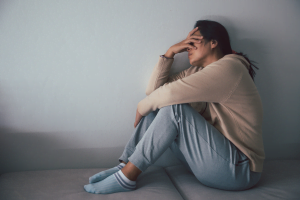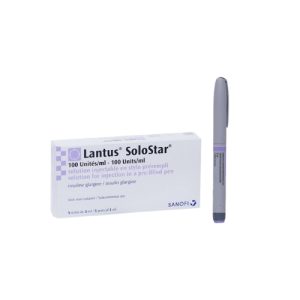What is Prediabetes?
Prediabetes is a medical condition that describes a person’s higher-than-normal blood glucose levels, but not high enough to progress into diabetes. Immediate treatment regarding this disorder is a must to avoid acquiring other serious ailments, such as type 2 diabetes, chronic kidney disease, and cardiovascular disease. The condition is extremely common to adults and older people, and children are not an exemption. As early as the age of 10, children are at risk of developing prediabetes, and once left untreated, children can be diagnosed with type 2 diabetes.
The condition is manageable, and two key ways to scale down children’s risk for prediabetes are proper exercise and a healthy diet. Other than that, with the help of their parents and following the right medication (should the children be diagnosed with the disease) will help in reducing prediabetes to progress and prevent it from becoming a life-threatening disorder.
Symptoms of Prediabetes in Children
The symptoms of prediabetes in children are as follows:
- Increased thirst
- Frequent urination
- Fatigue
- Blurry vision
- Excess hunger
- Tiredness
- Unintentional weight loss
- Weakness in the muscles
- Wounds that take a longer time to heal or don’t heal at all
- Discolouration (in specific areas of the skin, such as knuckles, neck, armpit, knees, and elbow)
Children with prediabetes need to undergo annual testing for type 2 diabetes. Once the child experiences the adverse effects and reactions of diabetes, doctor consultation and treatment should be made before anything complicates. For parents, watch out for the possible signs and development of symptoms related to diabetes. Immediate response to this condition will save your child’s health and prevent them from acquiring severe medical dilemmas.
Causes
Before, type-2 diabetes is only associated with adults or older people, thus its former term “adult-onset diabetes”. Today, with the change in lifestyles and habits, children became part of the circle of those who are at risk of possibly developing the disease. To know the exact causes of prediabetes, studies have been made to identify the risk factors, and these include:
- Overweight – One of the main causes of prediabetes is overweight or obesity. This explains why a proper diet is highly recommended for children since they are prone to gaining more weight on a larger scale.
- Physically inactive – Insulin resistance is likely to happen for children who do not engage in any physical activity. Proper exercise helps in keeping off extra weight and manage prediabetes.
- Family member – Once a child is exposed to any member of the family who has diabetes (whether it be the parents or siblings), chances are high for that child to develop prediabetes.
- Gestational diabetes – A type of diabetes that occurs only during pregnancy – a child is at risk of having prediabetes or type 2 diabetes once the condition is passed during this stage.
Prevention
As mentioned, there are two ways for a child to lower their risk of having prediabetes. These two key ways include following a healthy diet and engaging in physical exercises. Along with these necessary practices are the parents’ responsibility to guide and help their children stay healthy.
- Healthy diet – To help the parents in planning the right foods to serve their children, considering the following options for convenience:
- Green leafy vegetables (cabbage, bok choy, broccoli, and collard greens)
- Foods rich in fibre (whole grains, nuts and seeds, beans and legumes)
- Fruits (Avocado, Berries, Papayas, Apples, and dried fruits)
- Lean meat (contains high levels of omega-3 and protein)
- Drinking lots of water (staying hydrated fights diabetes)
- Limit sugary drinks (juices and energy drinks)
- Physical exercise – Staying active is a good way to maintain body weight and prevent prediabetes. Children must have a 30-minute or an hour of physical activity daily. Another way is to have a family exercise where children can have fun staying active for an amount of time while also managing prediabetes.
Prevention is better than cure. At the end of the day, it’s still the parent’s responsibility to manage and take care of their children’s health. Lower your child’s risk from developing prediabetes, or worse type-2 diabetes by providing them healthy foods and engaging them in physical activities.
—
Disclaimer: Please note that the contents of this community article are strictly for informational purposes and should not be considered as medical advice. This article, and other community articles, are not written or reviewed for medical validity by Canadian Insulin or its staff. All views and opinions expressed by the contributing authors are not endorsed by Canadian Insulin. Always consult a medical professional for medical advice, diagnosis, and treatment.














